Milk still provides the majority of nutrition for the first 9 months so you should continue breastfeeding or formula feeding alongside first foods. It’s all about making small changes over time.
First foods is the time when babies learn about food, flavours, textures and get used to eating. Up until now it’s been all about milk - well now there’s a whole new menu. Have a look at our page on first food recipes for some great ideas.
Introducing solid food at 6 months
There’s more to first foods than purees. You want them to discover new tastes and textures so it’s a good idea to give them thicker foods – it encourages them to chew. Finger foods like cooked carrot sticks, or small pieces of toast work best and keep hands and mouths busy.
First food ideas to try
- Scrambled or mashed eggs (make sure they’re British Lion branded), pasteurised cheese, or little chunks of cooked fish (be careful to remove all the bones!).
- Mashed cooked vegetables - turnips, broccoli, courgettes, cauliflower, carrots, parsnips.
- Mashed fruit such as banana, apple batons or pear.
- Small pieces of soft fruit like sliced strawberry and raspberry.
- Toast, bread, pitta bread or chapatti.
- Low-salt peanut butter – but talk to your health visitor or doctor if there is a history of nut allergy in your family or your baby has eczema.
- Porridge or other plain cereal mixed with their usual feed (expressed breast milk or formula) – always in a bowl, not in a bottle. If your baby is over 6 months, pasteurised full-fat cow’s milk can be mixed with cereal, but not to drink.
Here are some easy recipes that are great for first foods
What kinds of food are best for your baby?
Flavour
It’s really important to introduce different flavour groups: sweet, sour, bitter and savoury but limiting salt. Keep in mind that many vegetables are sweet (e.g. carrots and parsnips) or bitter and that fruits are sweet and sour. Babies will often spit out the new flavours many times until they get used to them. Introducing and keeping going with new tastes and flavours is the best way to help your child develop a healthy diet and strengthen their little tummy against bacteria.
Textures
Infants need to get used to different textures and not just soft foods. They need to practise chewing and get used to firm and crunchy foods. Chewing not only helps them get used to family foods it also helps develop the muscles needed for speech.
Colours, smells and temperature
Introducing a wide range of food with different colours and smells can really help little ones try them and like them. It’s important from a safety point of view not to give foods that are too hot or frozen solid but trying warm and colder foods is all part of the food experience.
The 5 food groups
You also need to introduce all of the nutrients your baby will need and these include foods from the following 5 food groups, which should be eaten every day:
1: Fruits and vegetables
Fruit and veg are very important for your baby’s health so should play a big part in their diet. They can be fresh, tinned, dried and frozen. Tinned fruit should come in its natural juice and tinned vegetables should have no added salt. Make sure you chop them small and remove any stones.
2: Bread, rice, potatoes, pasta and other starchy foods
Great for energy, vitamins and minerals, this food group includes low-sugar (plain) breakfast cereals, sweet potatoes, porridge, noodles, couscous, yams, plantains and chapattis.
3: Meat, fish, eggs, beans, nuts and other non-dairy sources of protein
This group is good for your baby’s growth and development. It includes lean meat, white fish, oily fish (like mackerel, salmon and tinned sardines), chicken, eggs, nuts - particularly peanuts (check with your health visitor about nut allergies first), and pulses (beans, peas, lentils). Quorn and tofu are also good sources of protein. Avoid processed meats, such as bacon or sausages, as they are high in salt.
4: Pasteurised full-fat milk and dairy food
These foods contain calcium which babies need to develop strong bones and teeth. They also provide energy, protein, vitamins and minerals.
You shouldn’t give your baby cows', goats' or sheep's milk as a drink before they’re 12 months old as they don’t have the right mix of nutrients for your baby and can give them really serious tummy upsets. But from 6 months you can use these milks in cooking things like cheese sauce, custard, rice pudding and semolina.
5: Oils and spreads
Because babies have tiny tummies they need more fat in their diets and foods that are high in energy so that they can absorb vitamins. After the age of 2 they can gradually move to a lower-fat diet. Use vegetable oils such as olive or sunflower oil for cooking, butter, unsalted nut butters and vegetable margarine (such as sunflower) on bread or toast fingers.
Moving on from mushed foods
Once your baby is used to eating a few foods, try making the following changes over time:
- Move from 1 meal a day to 2 or 3 meals a day by the time they’re 12 months.
- After 12 months, try giving them 2 healthy snacks between meals.
- Try to give them food from each of the food groups – fruit and vegetables, dairy, protein like egg and meat, and carbohydrates like bread and oats.
- Introduce more texture – from mashed to soft lumps to minced foods, and from soft finger foods to firmer finger foods. Try mixing a new food with a familiar one, such as adding cooked lentils to mashed carrot or parsnips
- Up your baby's intake of nutrients as their need for iron and other important nutrients increases.
- Try getting them to drink from a cup and offering them different finger foods. Make sure this is done at your baby’s pace. They may only want a few spoonfuls or mouthfuls.
- Let them choose how much and what they want to eat but don’t spend longer than 20 minutes feeding in a highchair.
- And remember not to give treats such as crisps, cakes and sweets to your baby or toddler.
Tips from parents
"When they want to feed themselves just let them! Don’t worry about the mess! With hands or spoons! I find they eat more of it!"
"Don’t mash things for too long if your baby can cope with finger foods and food in its natural state as you risk your baby rejecting the food."
 Activities & Play
Activities & Play Behaviour
Behaviour Childcare
Childcare Development & Growing Up
Development & Growing Up Family, Friends & Relationships
Family, Friends & Relationships Feeding Your Baby
Feeding Your Baby Food & Eating
Food & Eating Health & Safety
Health & Safety Mental Health & Wellbeing
Mental Health & Wellbeing Money & Work
Money & Work Online Behaviour & Safety
Online Behaviour & Safety Pregnancy & First Days
Pregnancy & First Days School & Education
School & Education Sleep
Sleep


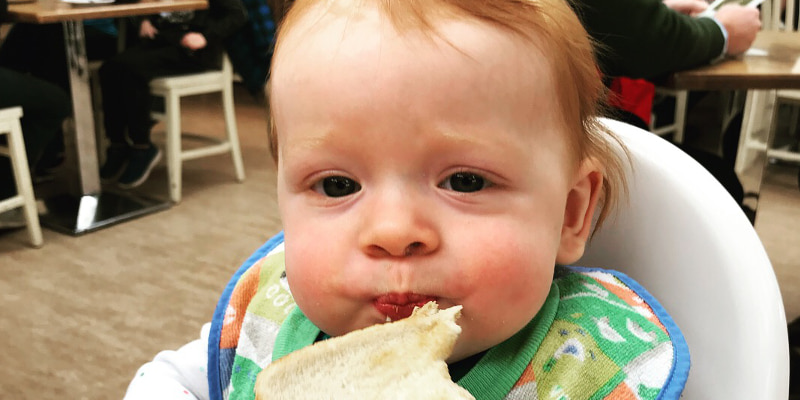

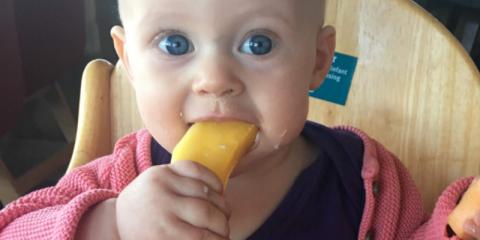
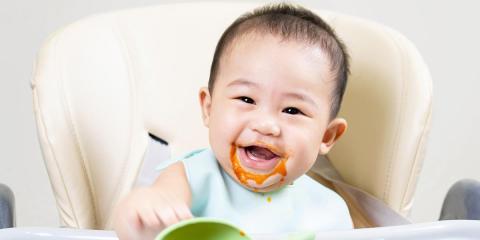


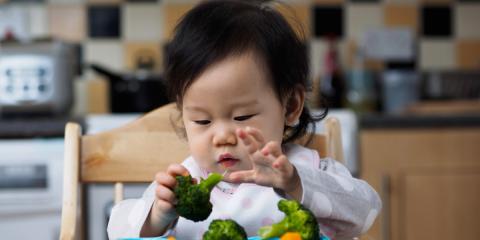
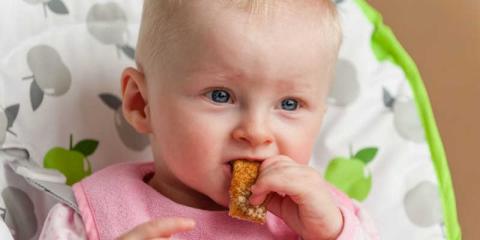
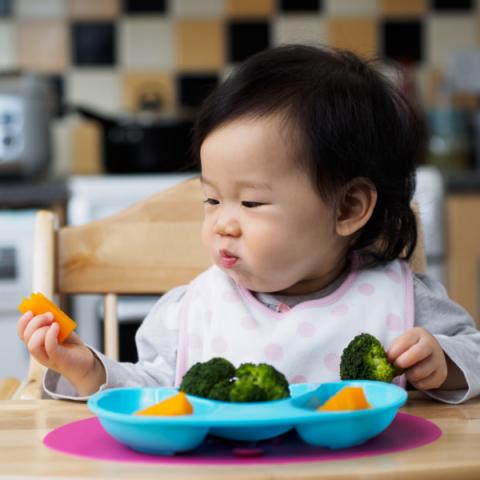

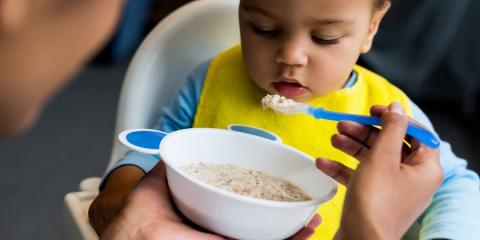
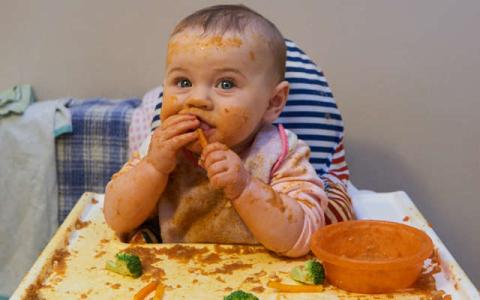


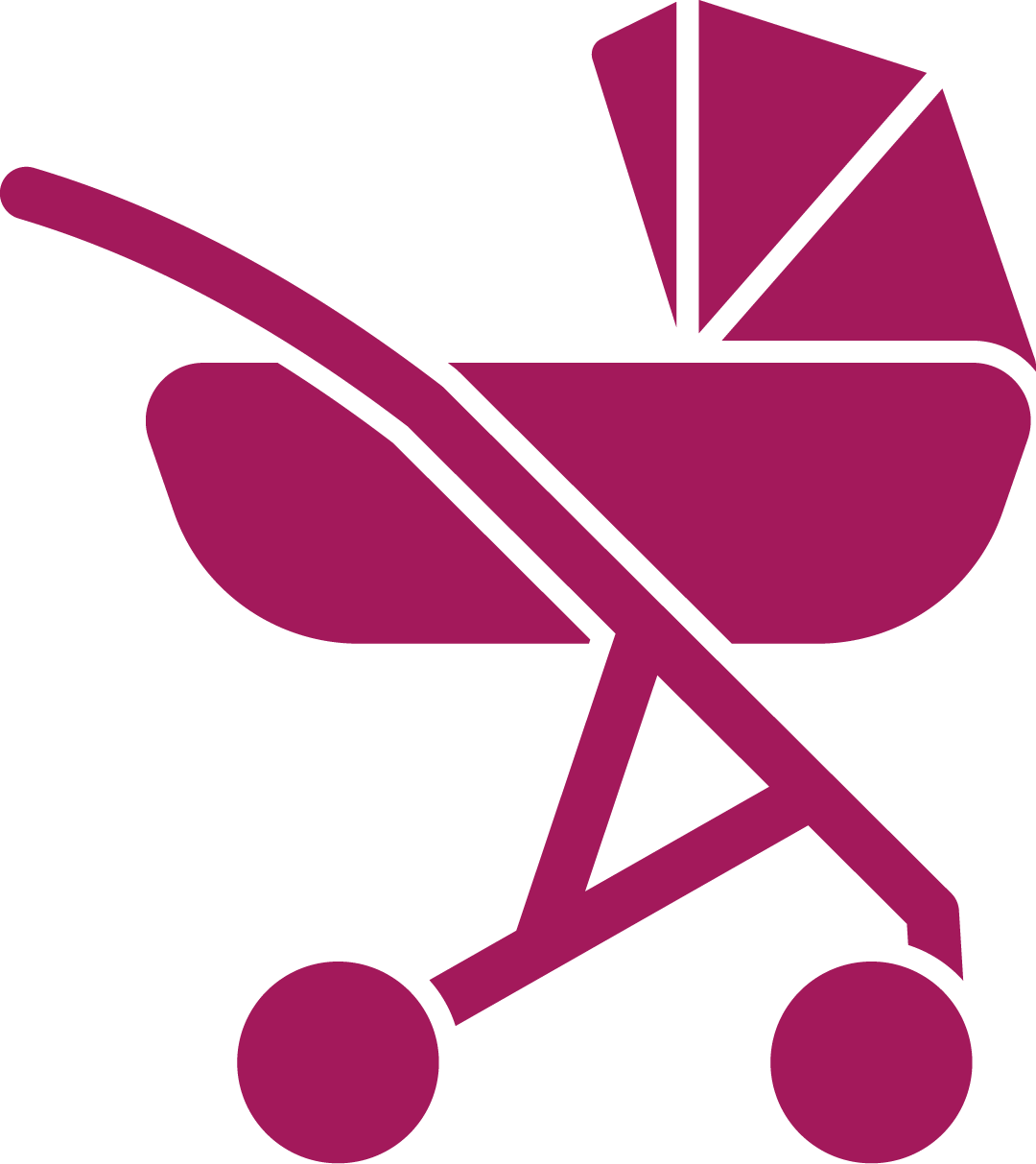 Pregnancy & First Days
Pregnancy & First Days
 Sleep
Sleep